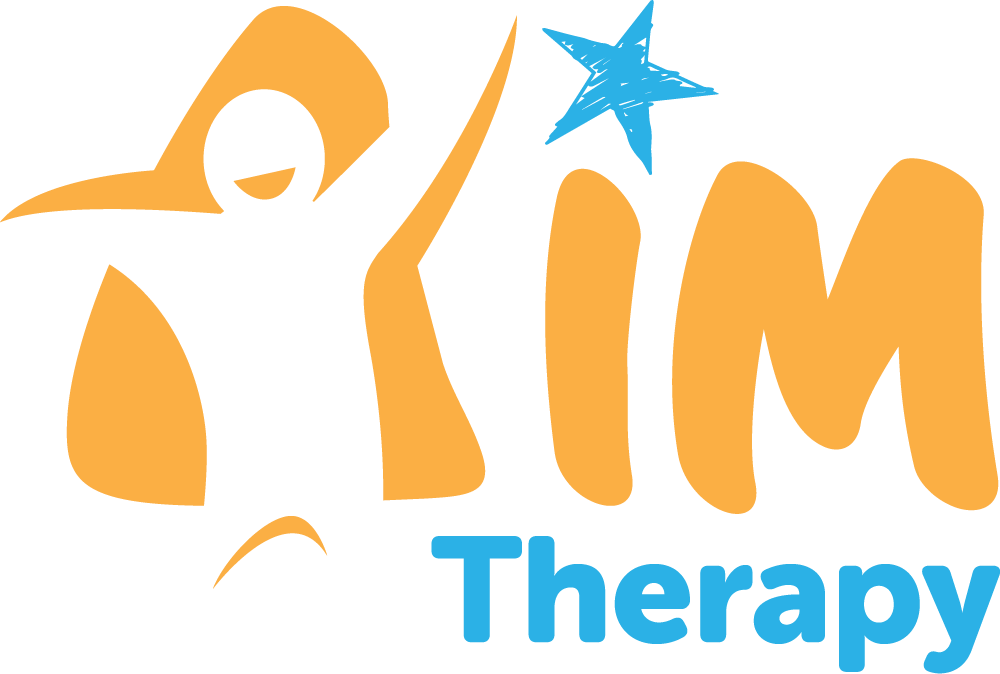Prewriting Skills
Start Big
Practice each pre-writing pattern on a large scale. This helps your child to learn the motor pattern of the movement. Ideas include:
- For a vertical line “I” get your child to stand on their tips toes with their arms in the air, then go
‘down’ until they are crouching on the ground - For a horizontal line – try getting your child to side step while drawing the line in the air
- Don’t forget to use the Peggy Lego rhymes
Vertical Surfaces
Drawing on a vertical surface encourages wrist extension that gives more control when drawing. It also brings the tips of the fingers and thumb together, encouraging a static tripod grasp. Ideas include:
- Drawing on a whiteboard, or free standing blackboard
- Painting or drawing on an easel
- Using shaving cream on a large window/mirror
- Painting with water on an outside wall or floor
- Bath crayons on tiles
Multi-Sensory
Use different media creates sensory experiences which help your child to learn, try these:
- Writing in the sand
- Cover the bottom of a large baking try with rice, split peas, ooblick (made from cornflour and water), flour or wet sand, and practice the patterns in this
- Write the patterns in shaving cream on the table top or on a tiled bathroom wall
Tactile Cards
Try using tactile cards. This gives tactile input to assist in refining the movement. Make up tactile cards by gluing different textures onto cardboard in the pattern being learnt (horizontal/ sideways, sideways and stop). Try things like:
- Rice/pasta
- Wool
- Bubble wrap
- Sand
- Stencils can also be used to help control the direction of your child’s movements Have your child trace over the textured part using their index finger with eyes open or shut.
Activity Sheets
Finally, try using activity sheets that you will be given by your occupational therapist. These can be laminated and used with a white board (non-permanent) marker and written on over and over again.
Things to consider when doing seated, written work:
Keep the desk clear so your child can rest their elbows on the desk for greater stability. Present one task at a time to minimise distraction.
- Hand/finger warm-up exercises before writing/drawing activities will help with dexterity, motor planning and fine motor control. Get your child to pretend they are playing the piano or sing songs with finger action such as Twinkle Twinkle Little Star.
- Ensure your child is seated correctly at the table with their bottom all the way back in the seat and the chair pulled in close to the desk. Your child should be sitting with their back straight, leaning slightly forward and with their feet flat on a secure surface or the floor.
- Encourage your child to use their non-dominant hand to stabilise the paper.
- Ensure your child is using the appropriate pencil grasp for their developmental age. If you are not sure what this is ask their occupational therapist.
Try writing in different body positions
Weight bearing through the joints provides sensory input and assists development of controlled shoulder, elbow, wrist and hand movements. Try getting your child to write while they are:
- standing
- kneeling
- lying on their tummy
Remember to always try and make learning fun! Motivate your child by having their favourite toy ‘learn’ as well, or try using fun rewards like bubbles.
Other Activity Ideas:
1. Make shapes and designs out of toothpicks, matchsticks (with the heads cut off), pick-up sticks or playdough. Encourage the child to make them and then see if they can draw them.
2. Encourage the child to copy your designs in a variety of media such as shaving foam, sand, finger painting and blackboards (using small pieces of chalk)
3. Dot to Dots (large and small) to make different shapes.
4. Roads or paths – get the child to stay in the lines.
5. Draw pictures and ask children to complete parts, (give them a dot outline if needed)
6. Make circles into faces. Show child how to put facial features in the circle, and name them as you draw them. Ask child to put eyes, then nose, mouth, ears and hair in his/her circle.
7. Make worksheets where child has to accurately follow a line pattern with his/her crayon.
8. Draw two strokes between two pictures to connect them
9. Draw a circle around a named picture
10. Draw a circle within the borders of a larger circle.
11. Use thick outlines initially for tracing, and as child becomes more accurate make the lines for tracing thinner. Use a light colour, such as yellow so that they can easily make their own mark.
12. Child to trace over the letters of his/her name. Use capital letters only for the first letter of child’s name. Trace over letter outlines and then dot formations of letter outlines.
13. Trace over the numeral shapes for 1-9. Trace over numeral and then dot pictures of numerals.
14. Child to trace around his/her hand and turn it into an animal.
15. Child to trace around large stencils e.g. Simple shapes – circle, squares, triangle, cut out of a cereal box or large wooden cut outs of jigsaw pieces with knobs.
